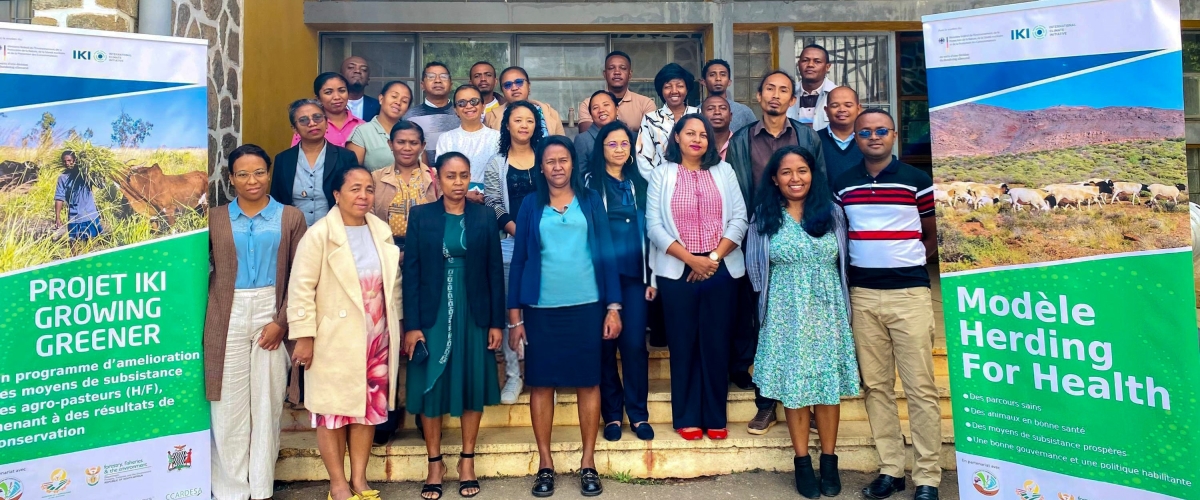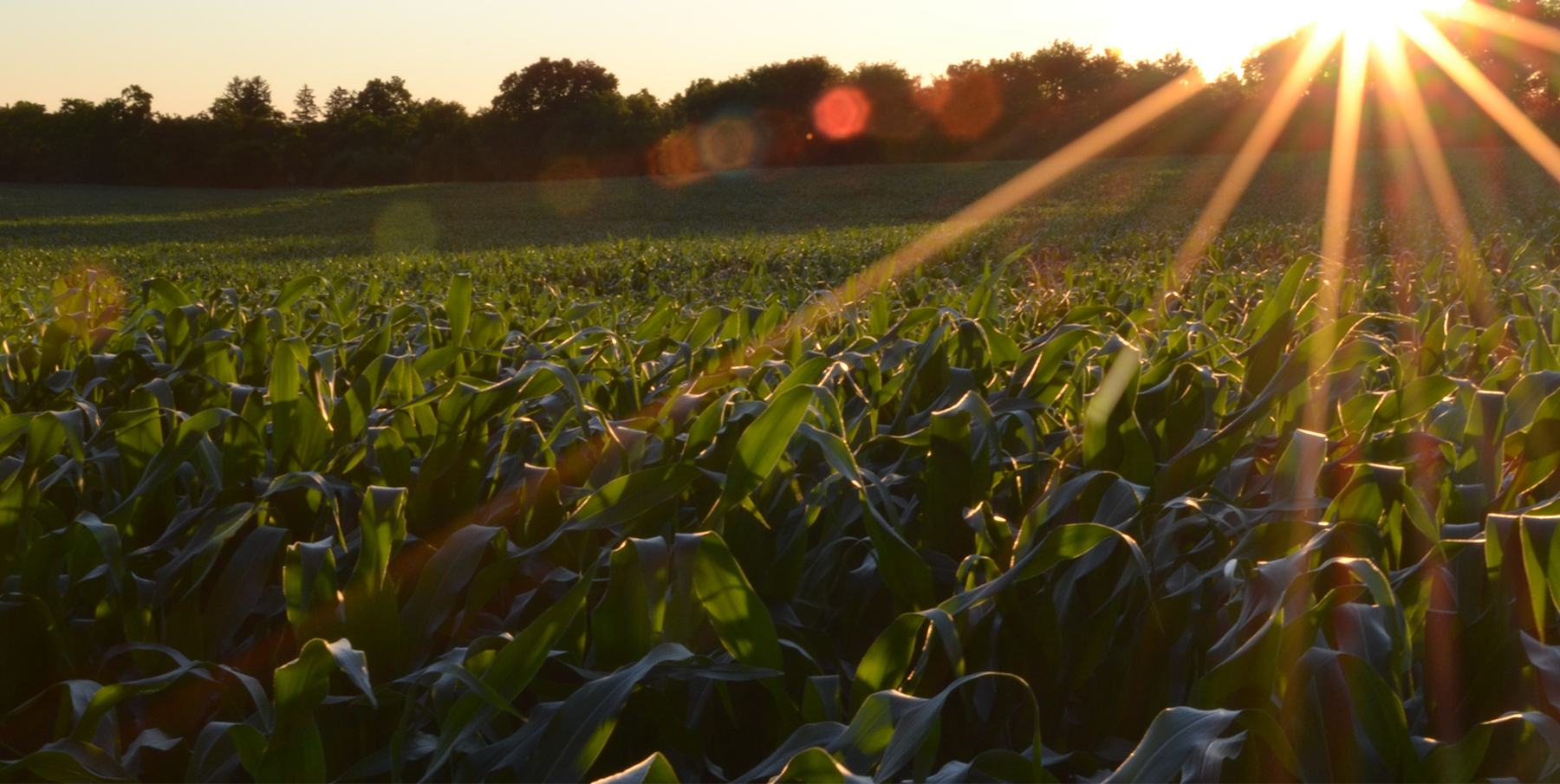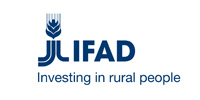
The hills of Antananarivo echoed with hope and ambition as stakeholders gathered for an eye-opening training workshop introducing the Herding for Health (H4H) model to Madagascar for the very first time. Held on May 12 and 13, 2025, the event marked a significant milestone in the country’s efforts to restore degraded landscapes while promoting climate-resilient livelihoods in its arid southern region, Atsimo Andrefana.
The workshop formed part of the regional initiative “Growing Greener – Restoration and Sustainable Use of Agropastoral Systems in the Open Arid Landscapes of Southern Africa,” commissioned by the German Federal Ministry for the Environment, Nature Conservation, Nuclear Safety and Consumer Protection (BMUV) and funded through the International Climate Initiative (IKI). The project promotes community-led, market-oriented agropastoral land-use systems and is currently being implemented in Botswana, Madagascar, South Africa, and Zambia. In Madagascar, implementation is led by Conservation International (CI) in partnership with GIZ and local stakeholders.

At the core of the initiative is the Herding for Health model, a science-based and community-grounded approach to livestock and rangeland management. The two-day workshop brought together 29 participants (18 women,11 men and 8 youth) on the first day and 28 (16 women, 12 men and 9 youth) on the second, drawn from the Ministry of Agriculture and Livestock (MINAE), the Ministry of Environment and Sustainable Development (MEDD), regional directorates, GIZ, CI, and other landscape management projects such as ProSoil, PADDI, and REPAiR.
Facilitated by Mrs. Zvikomborero Tangawamira, Senior Programme Manager for Herding for Health, the training unpacked the model’s four foundational pillars grazing planning, animal health, livelihood diversification, and governance. “This model doesn’t impose; it partners,” she explained during one of the sessions. “It empowers communities to manage their own resources while improving their livelihoods.
Participants responded with enthusiasm, many noting that the model aligns well with Madagascar’s pressing need to reverse land degradation while supporting rural resilience. Mr Rakotoarimanana Niache Juraudo a livestock officer from the Regional Department of Agriculture and Livestock (DRAE), said, “We’ve long known the issues in our rangelands, but this model gives us a way to act systematically and with the people at the center.” Ms. Emeline from the Regional Department of Environment and Sustainable Development added that it was encouraging to see how the model integrates environmental goals with social and economic development, calling it “a potential game-changer for Atsimo Andrefana.”
The interactive sessions allowed participants to reflect on how the model could be tailored to Madagascar’s unique environmental, social, and institutional context. Through case studies, group exercises, and open dialogue, they explored possible challenges such as seasonal droughts, livestock mobility, and community trust-building. Mrs Patricia Rasoahantarivelo from CI Madagascar highlighted the model’s adaptability, noting, “The flexibility of the model is its strength. It allows us to remain rooted in scientific best practices while responding to local culture and needs.”
Looking ahead, the outcomes of the workshop will help shape the next phase of implementation. Four pilot sites will soon be identified in the Atsimo Andrefana region where the model will be rolled out. These sites will then serve as learning hubs as more in-depth, community-level training sessions are planned for later in the year. These sessions will focus on building local ownership and practical capacity for sustainable rangeland management through the Herding for Health approach.
As the workshop ended, participants left and unanimously convinced that “This is not just a project. It is a long-term investment in the land, the people, and the future of Madagascar’s agropastoral systems.” With renewed energy and a shared vision, Madagascar is stepping confidently into a new chapter of sustainable land stewardship, where communities lead the way and nature thrives alongside them.






